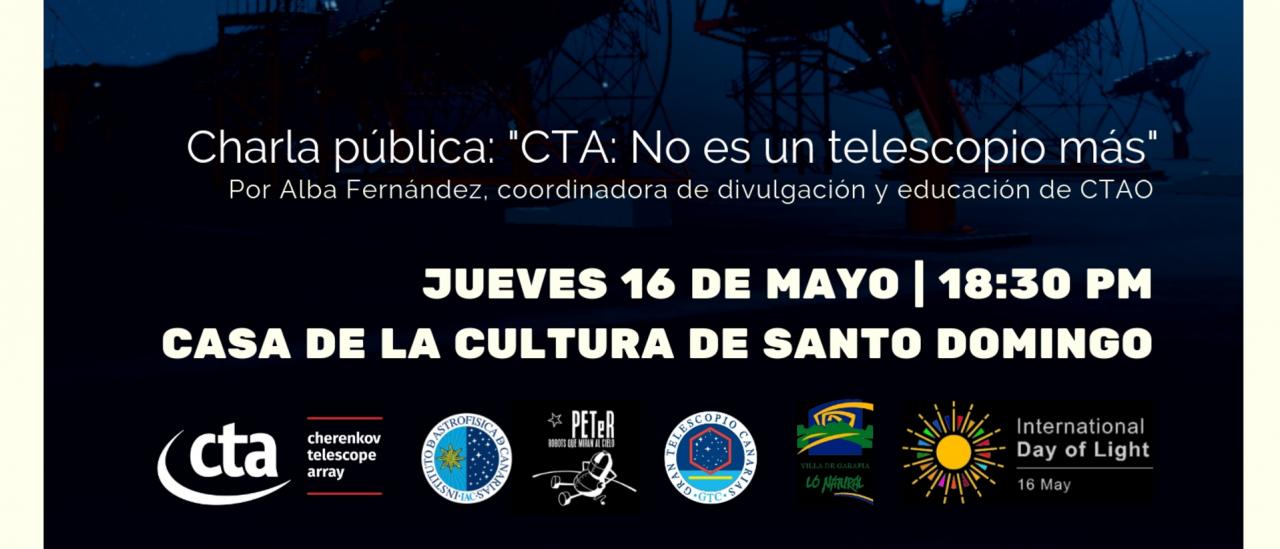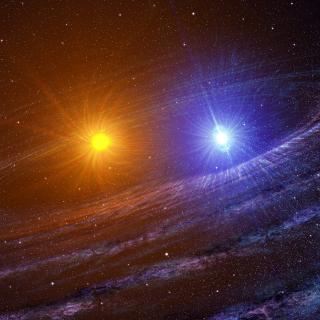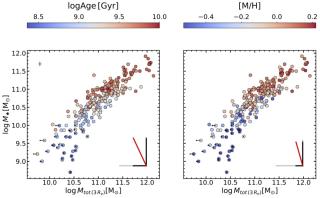To celebrate the International Day of Light, next Thursday May 16th the Cherenkov Telescope Array (CTA) and the Instituto de Astrofísica de Canarias (IAC) will have a day of science outreach in the Town of Garafía, a municipality which hosts the Roque de los Muchachos Observatory (ORM).
In the morning the students of the Santo Domingo secondary school will visit the ORM and will participate in workshops and games in which they will learn about the different types of light emitted by heavenly bodies and which are received by the different types of telescopes. They will know at first hand the LST-1, the first large sized Cherenkov telescope of the CTA North network, and the Gran Telescopio Canarias (TC) the largest optical-infrared telescope in the world.
In the evening, at 18.30, the assembly hall of the Centre for Culture of Santo Domingo de Garafía, the astrophysicist, and outreach and education coordinator of the CTA Alba Fernández Barral will give a public lecture with the title “The CTA isn’t just another telescope”. In the lecture she will talk about some of the curiosities of the international CTA project, the new generation of detectors which will study the most energetic phenomena in the universe from the ORM.
Light, the sidereal messenger
In order to enhance public knowledge of the crucial role played in the modern world by the science and technology of light, both in the field of knowedge and in daily life, the 16th of May each year is celebrated as the International Day of Light. The date commemorates the first emission of laser light obtained by Theodore Maiman in 1960, and this device is an example of how a scientific discovery provides revolutionary tools for the benefit of society.
In the case of astronomy, light is the main means used by scientists to study the universe. With our eyes we can only see the part of the light termed visible. However the majority of astronomical objects emit light at different wavelengths which the human eye cannot detect. To see beyond the visible we rely on the inestimable aid of technology. The most powerful advance ever made in astronomy was the telescope.
Astronomical telescopes are systems of mirrors (less commonly lenses) with which the light received from objects in the universe is concentrated. The larger the diameter of a telescope, the more the light it receives, which allows us to distinguish fainter and more distant objects. Light is, to summarize, the best detective we have which lets us decipher the mysteries of a remote and unknown universe.
Official page of the International Day of Light
Contacto: Alba Fernández, Outreach and Education Coordinator CTAO gGmbH : alba.fernandezbarral [at] cta-observatory.org (alba[dot]fernandezbarral[at]cta-observatory[dot]org)



